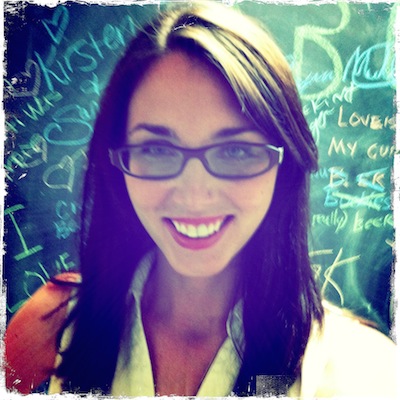The group, a joint venture of area businesses led by former Hillsborough County Commissioner Mark Sharpe, intends to transform almost 15,000 acres of neglected North Tampa neighborhoods into a flourishing economic environment.
“We want this to be a recognized innovation zone where jobs are being created,” Sharpe says, citing Bruce Katz’s book, The Metropolitan Revolution, as inspiration for an innovation district in a metro area. “A place where people want to live, work and play.”
Tampa Innovation Alliance’s primary focus is transforming the area into a destination, rather than a thoroughfare to the university, entertainment venues or hospitals. New hotels, commercial business, more walkable streets and neighborhood funding are all part of the master plan.
Reshaping University area neighborhoods
“The idea is, we need to develop the area like the Westshore and downtown Tampa districts have done. We’re trying to organize the businesses here, large and small,” Sharpe explains.
Long-term goals include reworking the pedestrian crossings and the major corridors along Fletcher, Fowler and Busch; and potentially seeking state funding for neighborhoods in the district.
“One of the things that’s essential for business is making sure it’s a safe environment where people want to be,” Sharpe says. “As you begin to make the streets greener and safer, it encourages pedestrians and bicyclists, but is also a better place for commercial activity. Corridors going in and out of the zone are definitely part of our strategy.”
The Alliance is also analyzing the idea of using fixed transit to connect the innovation district and Tampa’s downtown (“at some point, way in the future!” Sharpe says).
With so many ideas, Sharpe is focused on organizational efforts first – branding later.
“We’ll hire the branders,” he says. “I’m a doer. I want to see coffee shops, new stores. That, to me, is how you rebrand: you start doing things.”
Creating an innovation district
Getting students involved with the Tampa Innovation Alliance is another big goal of Sharpe’s.
“I want as many students around me as possible; pitching out ideas, helping me solve problems. Students are going to be a big part of helping us be successful,” he says.
Hillsborough County and the cities of Temple Terrace and Tampa could also play key roles in supporting the Alliance’s efforts in the community.
“The first focus is getting ready to present a concrete vision to the county, to get the county to commit to being a partner in developing this area. That’s one of my highest priorities,” Sharpe explains.
Metrics on job creation and community impact will be measured, and through partnerships with the University Area Community Development Corporation andHillsborough County public schools, educational programs like coding schools might be made available to members of the community.
For Sharpe, the primary focus is partnerships among area businesses, large and small alike. “We’re going to focus on outreach and bring in members,” he says.
MOSI Tampa, University Mall, Brighthouse, and Fifth Third Bank are some of the partners who have already signed on.
Maximizing assets to attract talent
Several months after leaving public office, Sharpe is settling into his role asexecutive director. In fact, he’s setting out to do what he aimed to do when he first ran for public office in Hillsborough County.
“The reason I ran for commissioner in the first place was because I was frustrated that Tampa Bay was not maximizing all the assets that we had in a way that would make us attractive to millennials graduating from college and starting businesses,” Sharpe explains. “We weren’t in a collaborative environment.”
In order to develop a more collaborative environment, a city needs resources. Turns out, some of Tampa’s top resources are in the university area – the VA hospital, for one, as well as Moffitt Cancer Center, one of the only centers for excellence for cancer treatment in the Southeast.
Sharpe predicts that “medical tourism” will play a large role in revitalization efforts, from the area’s hospitals and specialty treatment centers to Busch Gardens.
“Let’s see if we can’t maximize it so that young kids and established businesses want to stay here,” he says. “It’s an excellent opportunity.”
Finishing the job
The Tampa Innovation Alliance was formed in 2011 by a core group of area anchors in commerce, industry and entertainment, including Busch Gardens theme park and Moffitt Cancer Center, along with the University of South Florida and Florida Hospital Tampa.
“I think there is a way to capture some of the market that is driving past or through, not stopping, at the local businesses that abut these major anchors,” Sharpe recently explained to 83 Degrees readers.
Following the Alliance’s Kickoff Luncheon on January 9, the group will continue to forge partnerships with both new and established businesses in the area, which is bordered by I-275 and I-75 to the east and west; Busch Boulevard to the south; and Bearss/Bruce B. Downs to the north.
“If we all work together, make the corridor look nicer, maybe develop some branding, people coming into the area and getting off of the interstate might stop and spend money. They’ll see the new development and want to stay longer,” he says.
“I’m not gonna rest until we get it done.”






 Read more articles by
Read more articles by
Recent Comments